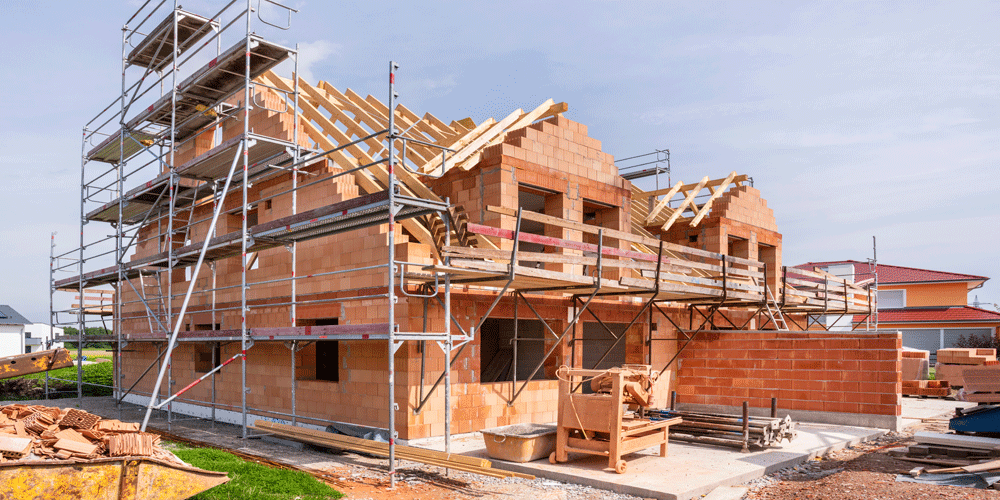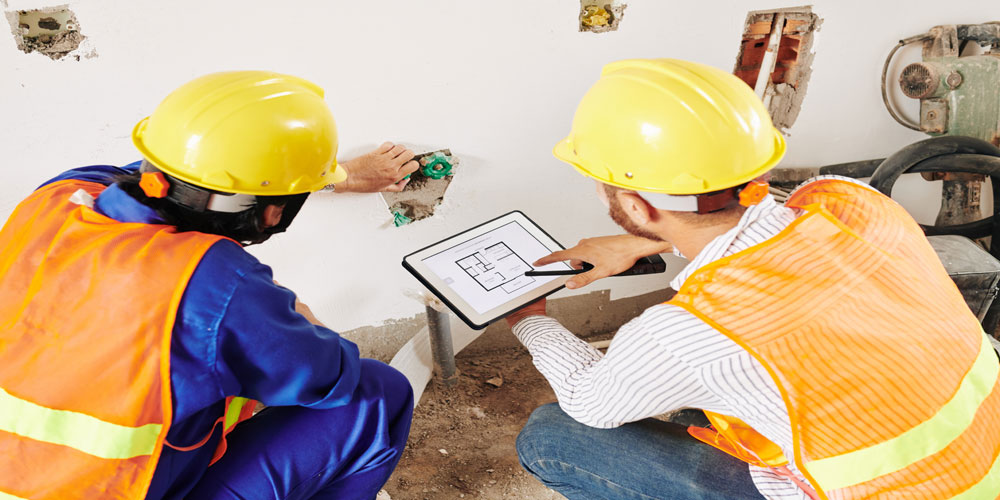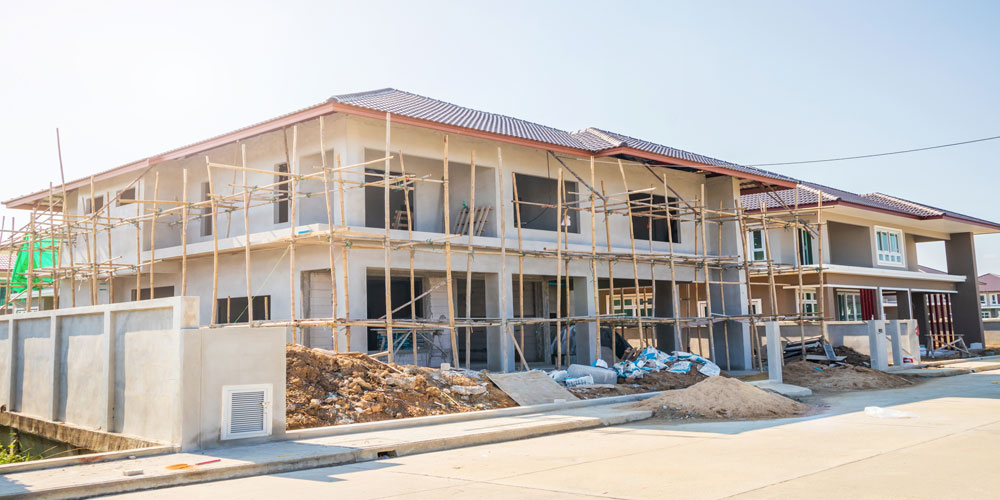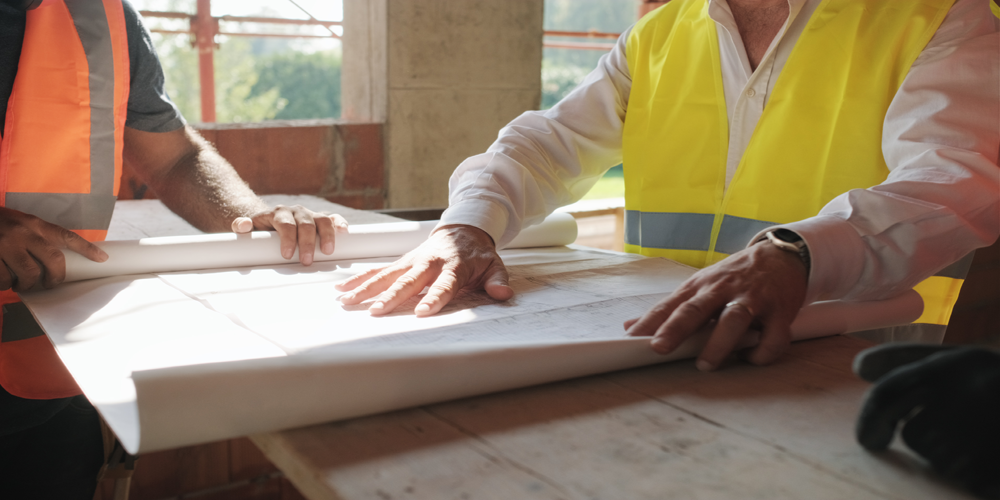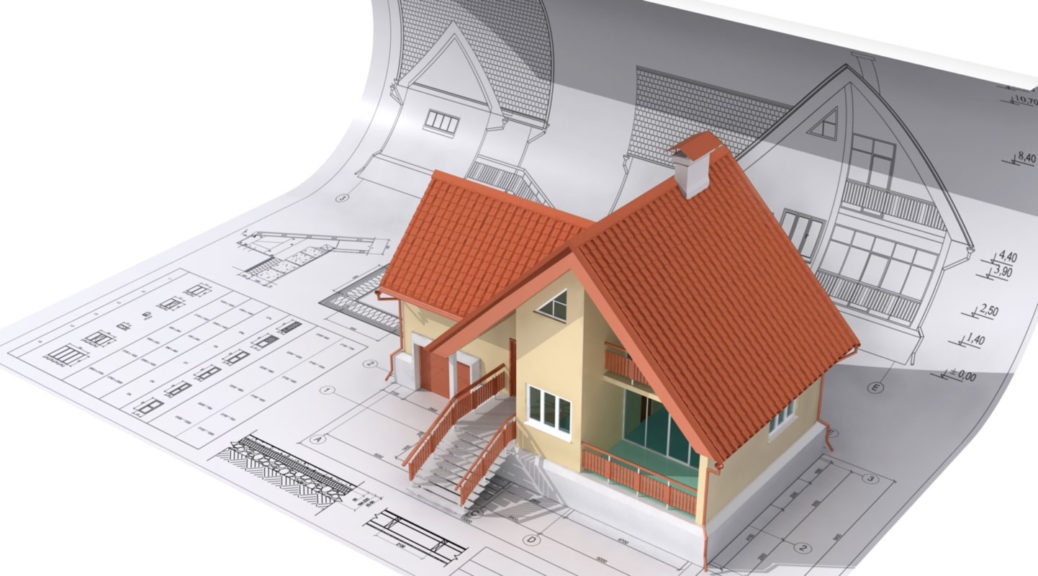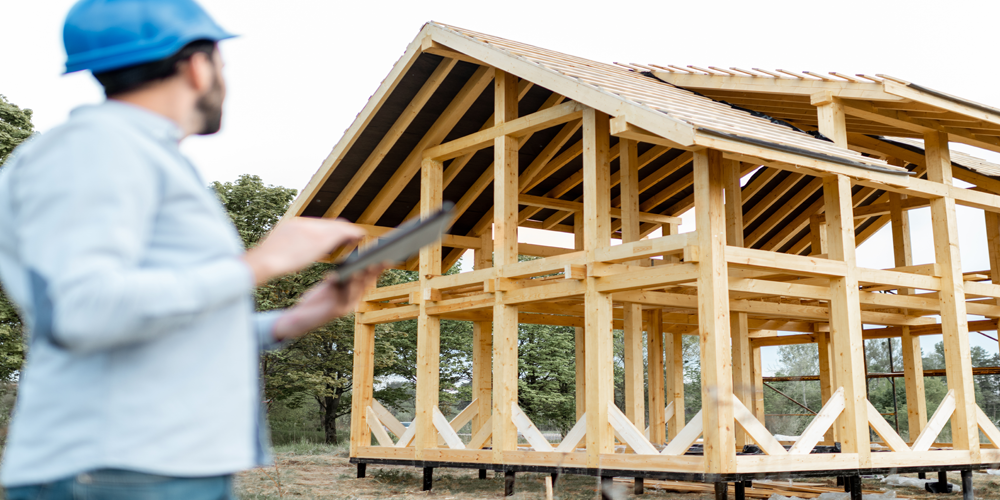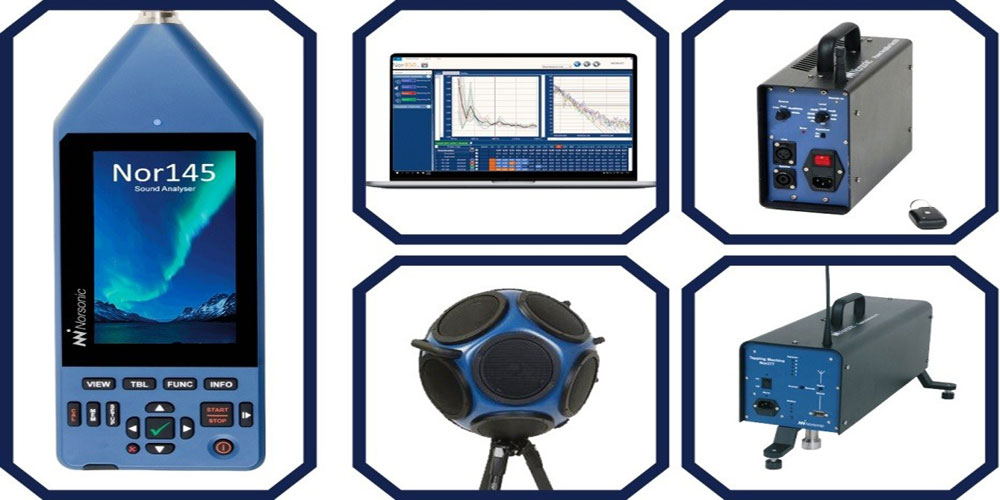
Sound Insulation Testing & Consultancy
Sound Insulation Testing & ConsultancyWe offer a no nonsense professional proactive approach to acoustic design, onsite construction checks and pre-completion sound testing. Using our on-going, proactive approach we ensure clients receive professional advice every step of the way, with an on-going continual consideration of cost. The importance of undertaking design reviews and on site construction …
